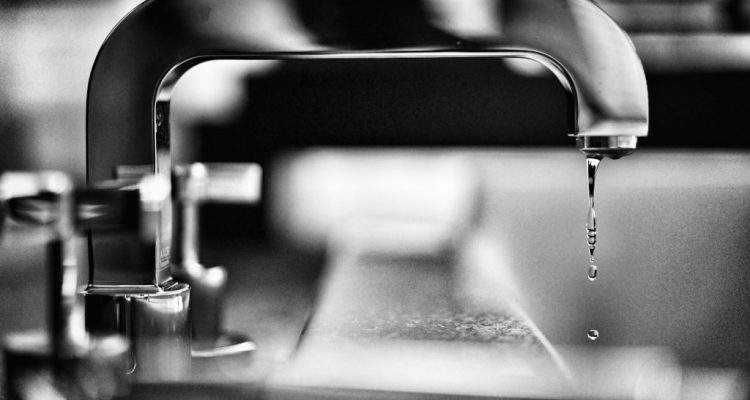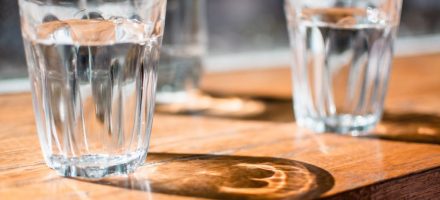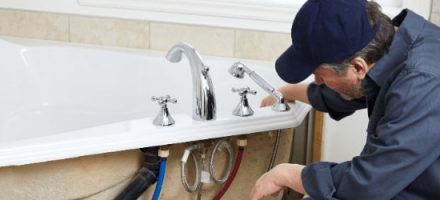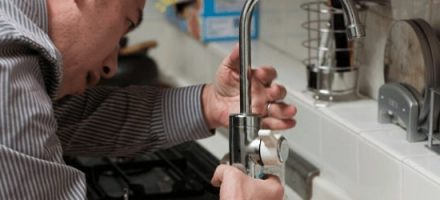Basic Of Plumbing

The plumbing basics are just basic physics! If you want to learn about plumbing, you should start learning these basic but very helpful concepts.
Water Supply
The main cold water supply is ready to be taken directly to any point. The hot water supply, however, requires another step. A pipe carries water from the cold water system to your water heater. From the heater, a hot water line carries the hot water to all fixtures, outlets, and appliances that require hot water.
Thermostat
A thermostat on the heater maintains the temperature you select by turning the device’s heating elements on and off as needed. The normal temperature setting for a home water heater is between 60º and 80º, but 50º would also be suitable and more economical.
Drainage systems
Whether your home is connected to a sewage system or a septic system, the systems within your home are the same. Waste matter leaves your home because all the drainage pipes have a certain slope. Gravity throws away all the waste. The sewer line continues this downward flow to a wastewater treatment facility or septic tank.
While this system sounds simple, there are more, including vents, drains, and cleaning outlets. Vents that protrude from the roof of your house allow air to enter the sewer pipes. If there were no air supply from the vents, sewage would not flow properly.
Drain traps
Drain traps are vital components of the drainage system. You can see a siphon under each sink. This is in the shape of S and easily detectable. Water flows from the basin with enough force to pass through the curve formed by the drain and out through the drainpipe, but then there is enough water left in the “s” or bottle of the siphon to form a seal that prevents sewer gas from backing up into your home causing unpleasant odors.
Siphon
Every place where there is an outlet (sink, toilet, sink, etc.) should have a siphon. Bathtubs and shower trays usually have a siphon cup, not only to form a seal against the sewer gas but also to collect hair and dirt to avoid blockages in the drains.
Because grease and hair are usually the cause of drainage blockages, they often have cleaning plugs that give you easier access to remove or break any blockages.
Supply and Drainage Subsystems
Supply and drainage subsystems are two distinct operations, with no overlap between them. However, there are bridges between the two, and it is the bridges that make the plumbing system worthwhile. Any bridge between the supply and drainage systems could be called an accessory.
Toilets, sinks, and baths are accessories. In addition, an external faucet is an accessory and so is a washing machine.
Shut-off valves
Some of these parts have individual supply shut-off valves so it is not necessary to close the main shut-off to repair them. It is a good idea to make sure that all family members know the location of the main shut-off valve in your home and also how to use it. You may want to label the main shut-off valve so that anyone can easily find it.
Before embarking on plumbing repairs, always turn off the water supply on the fixture you want to work on or at the main shut-off.


